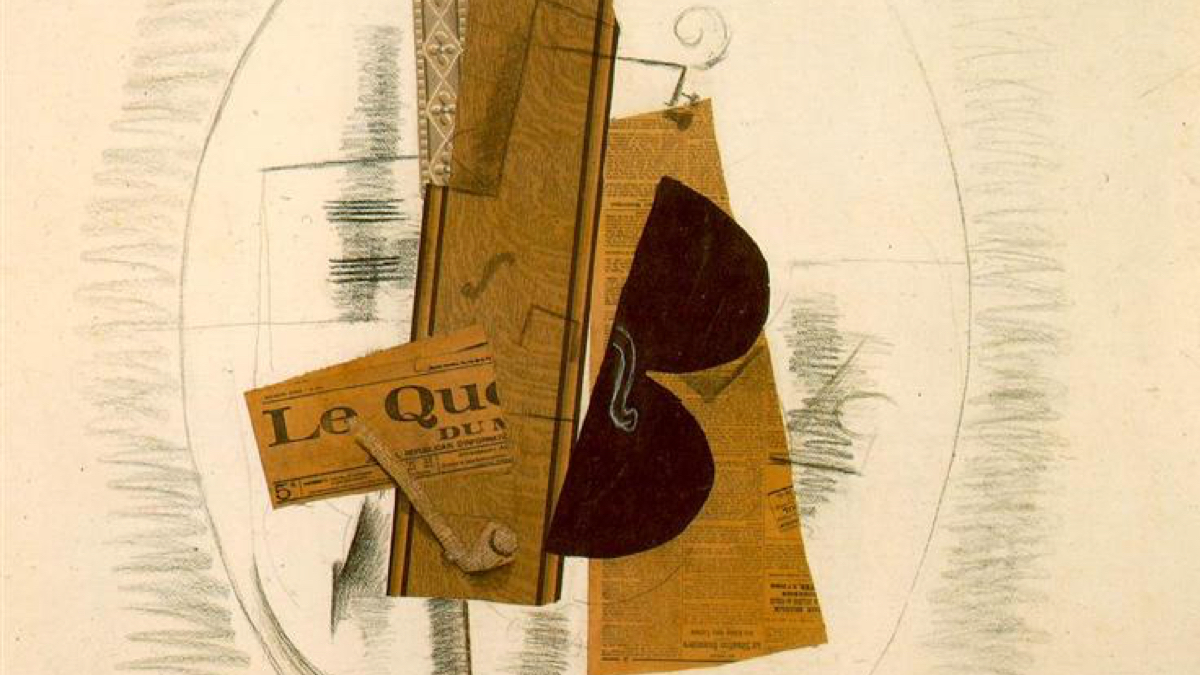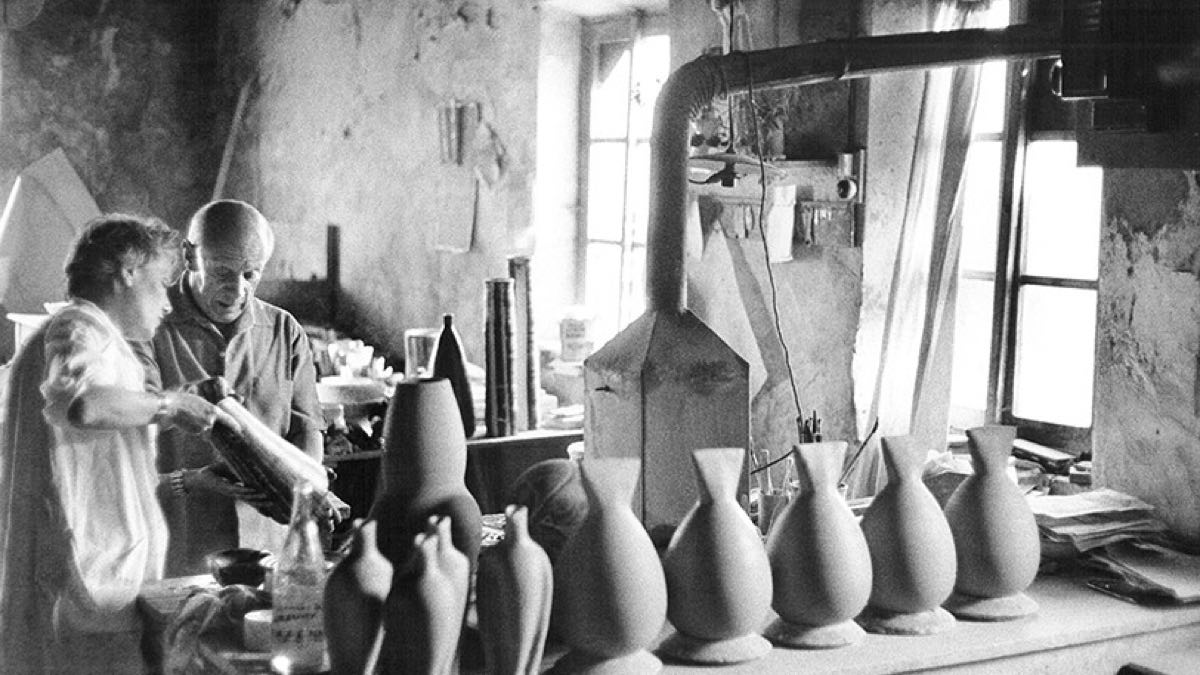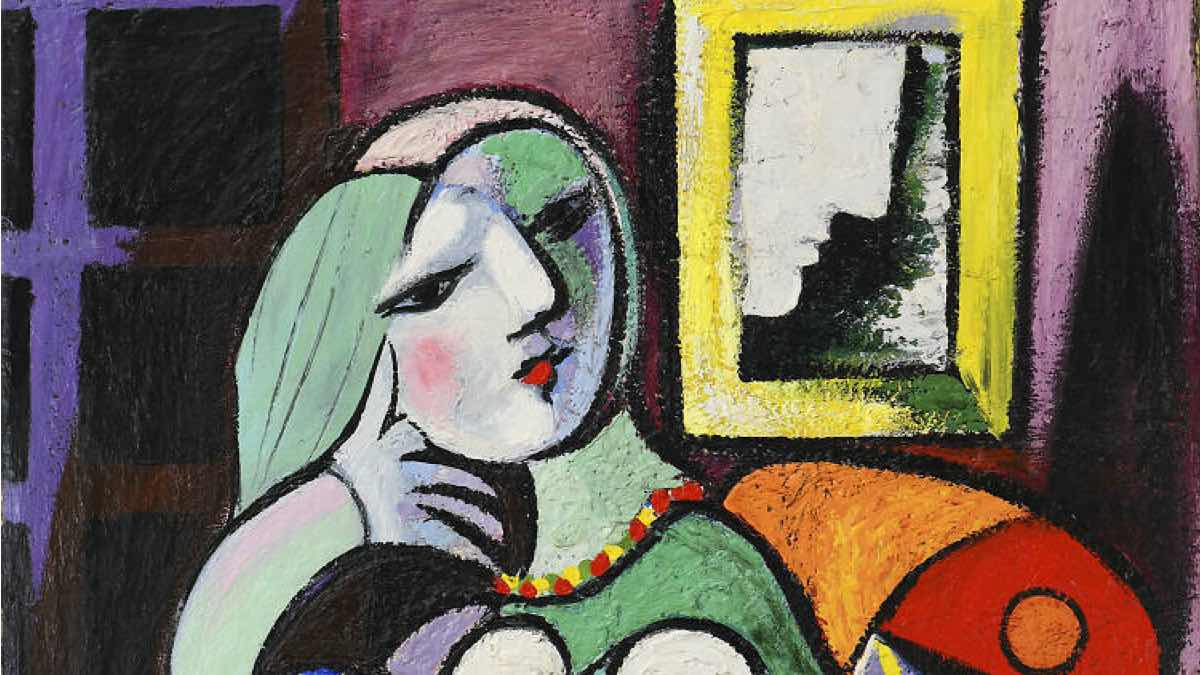
Picasso’s Legacy 50 Years After His Death
Despite Pablo Picasso being the son of a painter, few could have predicted the scale of his artistic successes. Born in Spain in 1881 to a middle class family, Picasso’s œuvre of over 20,000 cataloged works has cemented his position as one of the most celebrated modern artists. Today, his artistic influence lives on in the inspiration of contemporary artists all over the world. On the anniversary of his death, we invite you to explore Picasso’s legacy, 50 years later.
The master of Cubism
Exploring Picasso’s contribution as a co-creator of Cubism allows the impact of his legacy to become clear. Cubism, the revolutionary art style which disrupted reality and radicalized form, was representative of Picasso’s rejection of tradition. Although its popularity peaked in the early 20th century, Picasso’s avant-garde approach of deconstruction and disregard for conventional perspective remains ever present in popular works of today.

David Hockney, best known for his pool paintings, has frequently acknowledged the influence of Picasso’s artistry on his own distinctive style. Picasso’s treatment of time and space revealed new artistic avenues to Hockney. Additionally, Hockney derived inspiration from Picasso as a paragon of creative liberty. Hockney’s 1992 etching, The Student Homage to Picasso, is an overt admission of this influence. In a lecture on Picasso’s paintings given at the Guggenheim, Hockney said of his work “I think, for an artist, for myself anyway, it opens up vast things. It’s completely open-ended and very thrilling.” (Guggenheim Museum Archives, 1984)
A record breaking man
Picasso’s legacy can also be seen in the contemporary success of his work. His vast collections of paintings, prints, ceramics and sculptures, continue to garner record prices at auction. In 2015, Christie’s sold Picasso’s Les Femmes d’Alger (1955) for $195.8 million. This earned it the title of the most expensive work to sell at auction at the time. Although this is Picasso’s highest-priced work, several of his other paintings, such as Fillette à la corbeille fleurie (1905) and Nude, Green Leaves and Bust (1932) feature amongst the most expensive paintings sold at auction.

Picasso, the movie star?
Despite commercial success, Picasso’s legacy extends beyond the popularity of his artwork and stylistic influences, to the legacy of the man himself. His life and artistic process has been well documented as the subject of numerous books, magazines and films. In 2018 the National Geographic featured him on Genius, a TV documentary series in which Antonio Banderas took on the starring role. A documentary by Phil Grabsky was released the following year titled Young Picasso.
Picasso as a subject is not a recent phenomenon. The 1956 documentary film, The Mystery of Picasso, won the Special Jury Prize at the 1956 Cannes Film Festival. However, the continued practice of centering Picasso is a testament to the tenacity of his legacy.
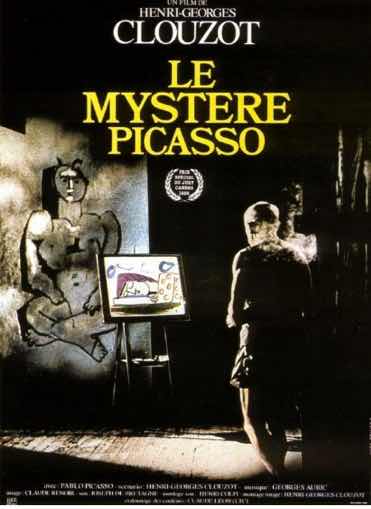
A modern retrospective
Picasso’s legacy will experience an international commemoration this year as France and Spain have pronounced 2023 the Year of Picasso. In recognition of the 50 years that have passed since Picasso’s death, his life and works will be celebrated with 42 exhibitions in 38 major institutions in Europe and the US. These institutions will each explore his work through various lenses: in the US, The Metropolitan Museum of Art will exhibit “Picasso in Fontainebleau” whilst the Guggenheim will exhibit “Young Picasso in Paris”. The expansive celebration was inaugurated in September 2022 at the Reina Sofia Museum, Madrid, the homeplace of Picasso’s Guernica.
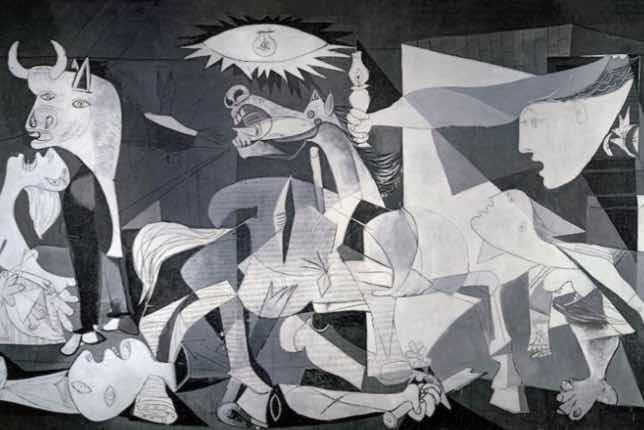
If however, the plethora of temporary exhibitions doesn’t appeal to you, there are eight (permanent) museums in Europe dedicated solely to Picasso. These include the Musée Picasso in Antibes, France, the Musée Picasso in Paris, the Museu Picasso in Barcelona and the Kunstmuseum Pablo Picasso Münster in Germany. The prevalence of museums in his name underscores the enduring weight of Picasso’s legacy. His work is enjoyed both by those who can afford to spend millions on it at auction and those who visit the numerous public institutions housing his vast body of work.
A complicated history
Despite Picasso’s objective artistic success, his personal history complicates his legacy. Picasso’s misogyny has been well documented by the women he was in relationships with. Marina Picasso, Picasso’s granddaughter, also wrote about his mistreatment of women in her 2001 memoir, Picasso, My Grandfather. She writes, “he submitted them to his animal sexuality, tamed them, bewitched them, ingested them, and crushed them onto his canvas. After he had spent many nights extracting their essence, once they were bled dry, he would dispose of them.”

Picasso’s life as an artist frequently came at the expense of the women who served as his muses. His partners, including Dora Maar, Françoise Gilot and Jacqueline Rouge, were often artists themselves. Although, given the sociopolitical landscape of the era, they never enjoyed successes similar to Picasso’s. In contemporary conversations about separating the art from the artist, it is imperative that Picasso’s legacy is examined under a critical eye.
Picasso: the immortal genius
Despite the 50 years since his passing, it is clear that Picasso is, in many ways, still alive today. His influence can be felt throughout the artistic spheres, as others adopt his radical, unconventional style. His multiform œuvre has retained its popularity and value, whilst his name is recognized across the globe. In understanding and contextualizing Picasso’s work, the true scope of his character and legacy can be examined, revealing a complicated figure whose influence and success is sure to endure for many more years to come.

About Artsper
Founded in 2013, Artsper is an online marketplace for contemporary art. Partnering with 1,800 professional art galleries around the world, it makes discovering and acquiring art accessible to all.
Learn more











